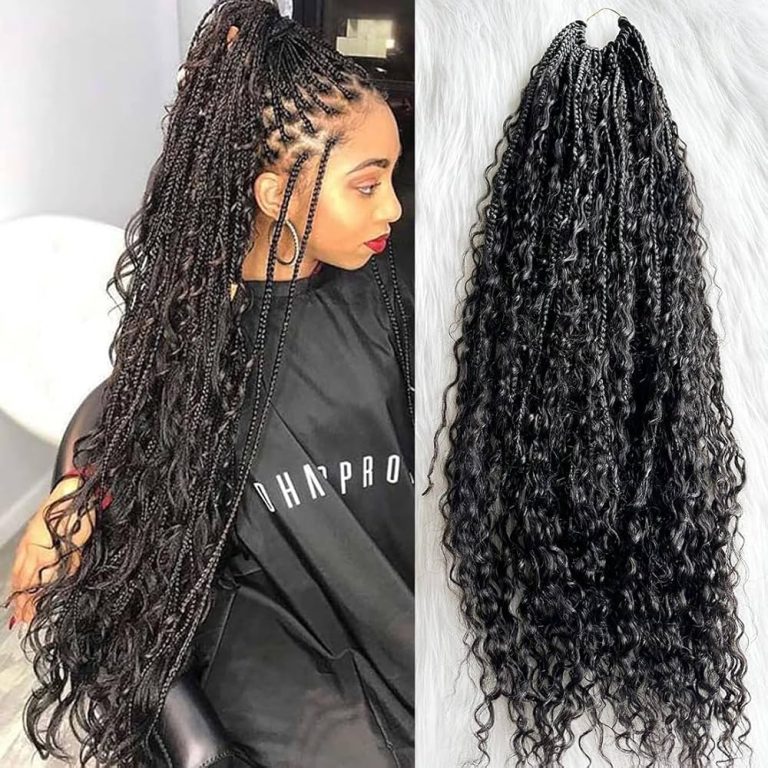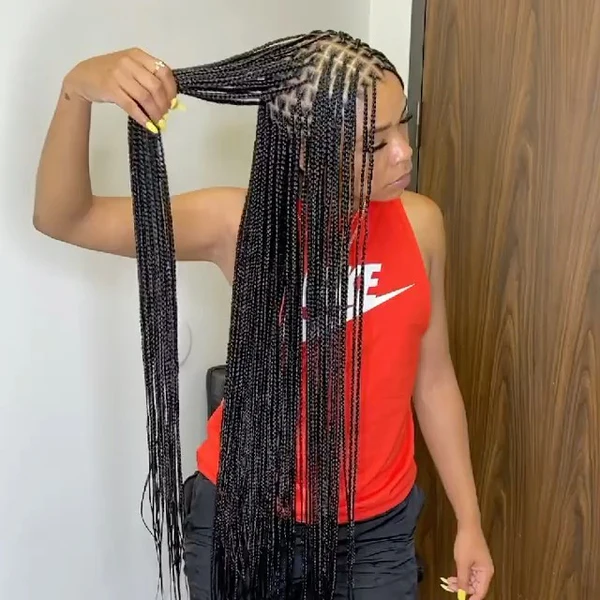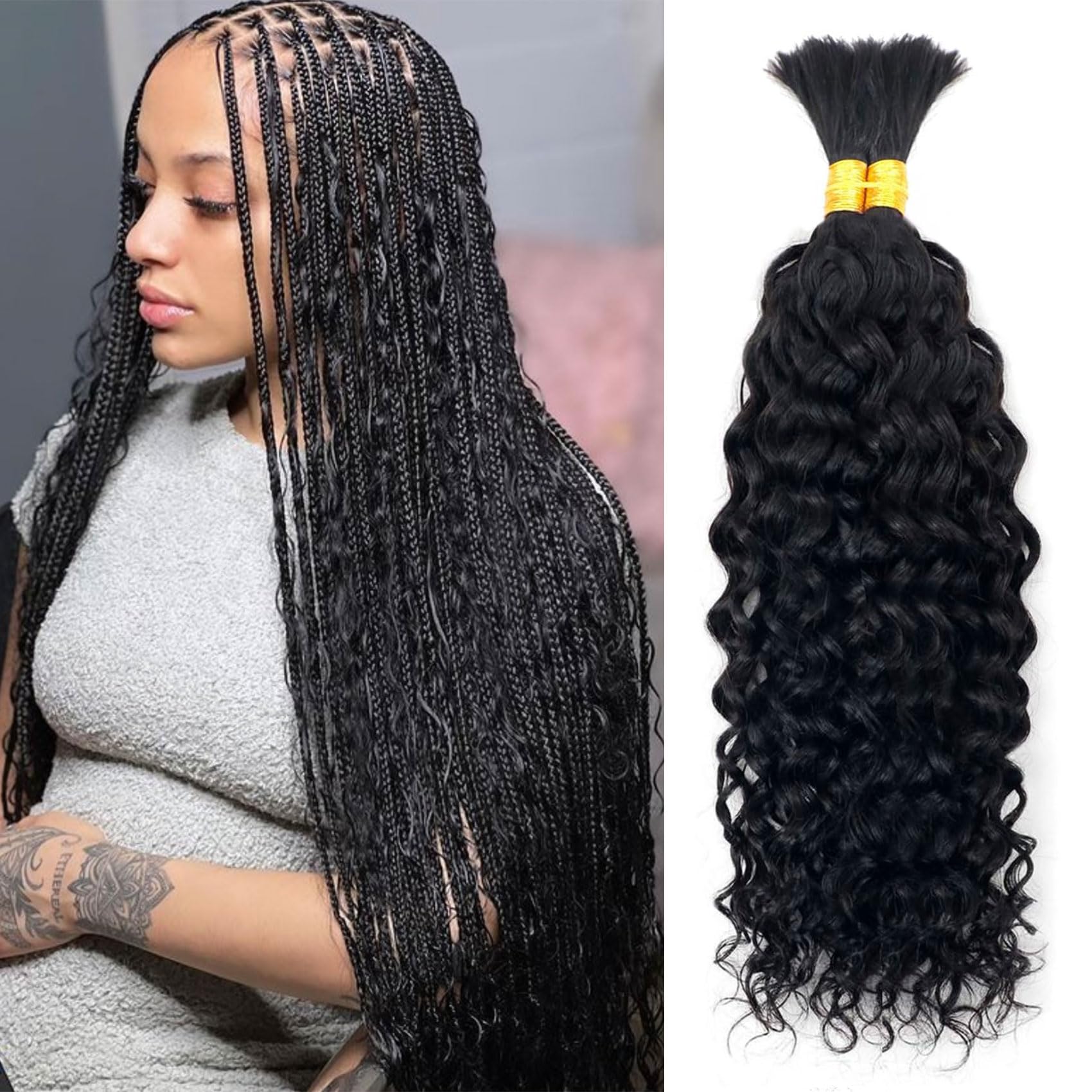
Revive Your Knotless Braids: Easy Steps
Recognizing the Signs of Aging Braids
Understanding when your knotless braids begin to show their age is key in maintaining a fresh look. How to refresh knotless braids? Here are some clear indicators that your braids might need some TLC:
- Loose Roots: Check if the roots have started to unravel or become puffy; this is a common sign of wear.
- Fuzzy Braids: Look for frizz or strays along the braids, which can signal that they’re getting old.
- Scalp Build-Up: Notice any buildup on the scalp or at the base of the braids. This buildup can lead to itching and discomfort.
- Lack of Luster: Pay attention to the sheen of your braids. Braids that look dull may have lost their original moisture.
- Stiffness: Feel your braids. If they’re less flexible than when freshly braided, they may be aging.
If you spot any of these signs, it’s time to take action. With the right care and attention, you can revive your braids and extend their lifespan.
Pre-Cleansing: Preparing Your Braids for Rejuvenation
Before you deep clean your knotless braids, prepare them for the best results. How to refresh knotless braids?Start by gently detangling your hair with your fingers or a wide-tooth comb to minimize breakage. Next, apply a pre-cleansing solution or diluted shampoo directly to your scalp and gently massage. This helps break down any product buildup without roughening the braid’s texture. Rinse your hair carefully to wash away the residue while avoiding rough handling that can disturb your braids’ neatness. Remember, the key is to be gentle throughout this process to preserve your hairstyle and prepare it for thorough cleaning.
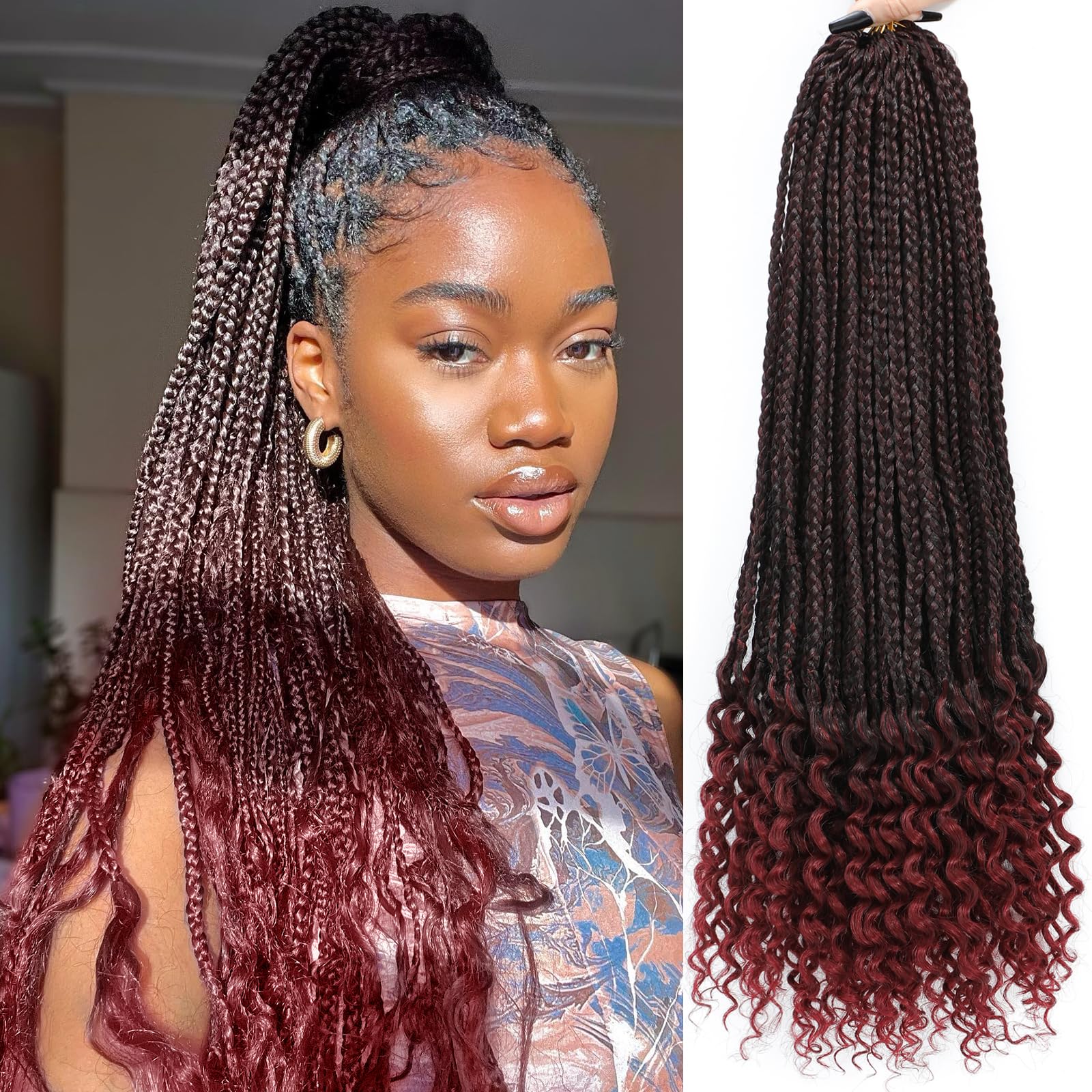
Deep Cleaning: Techniques for Washing Braids Without Causing Frizz
Taking care of your knotless braids involves a proper washing routine that avoids frizz and maintains the integrity of the braids. How to refresh knotless braids?Here are effective steps to deep clean your braids without the frizz:
- Start by wetting your braids with lukewarm water. Use the shower or a spray bottle for a gentle approach.
- Choose a sulfate-free shampoo to prevent drying out your hair. Apply it to the scalp and in between braids.
- Gently massage the shampoo onto your scalp. Use your fingertips, not nails, to avoid irritation.
- To avoid causing frizz, do not rub the length of your braids. Let the shampoo flow through the braids as you rinse.
- Apply a hydrating conditioner. Focus on the roots and gently coat the braids.
- Rinse out the conditioner with cool water to seal the hair cuticles and add shine.
- Gently squeeze excess water from your braids. Do not wring them out.
- Use a microfiber towel or an old t-shirt to blot dry your hair. Traditional towels may cause frizz.
- Allow your hair to air dry completely. Avoid heat to prevent damage to your braids and scalp.
This method cleanses your braids while keeping them neat and frizz at bay. Remember, the goal is to cleanse the scalp thoroughly while keeping the braids intact and smooth.
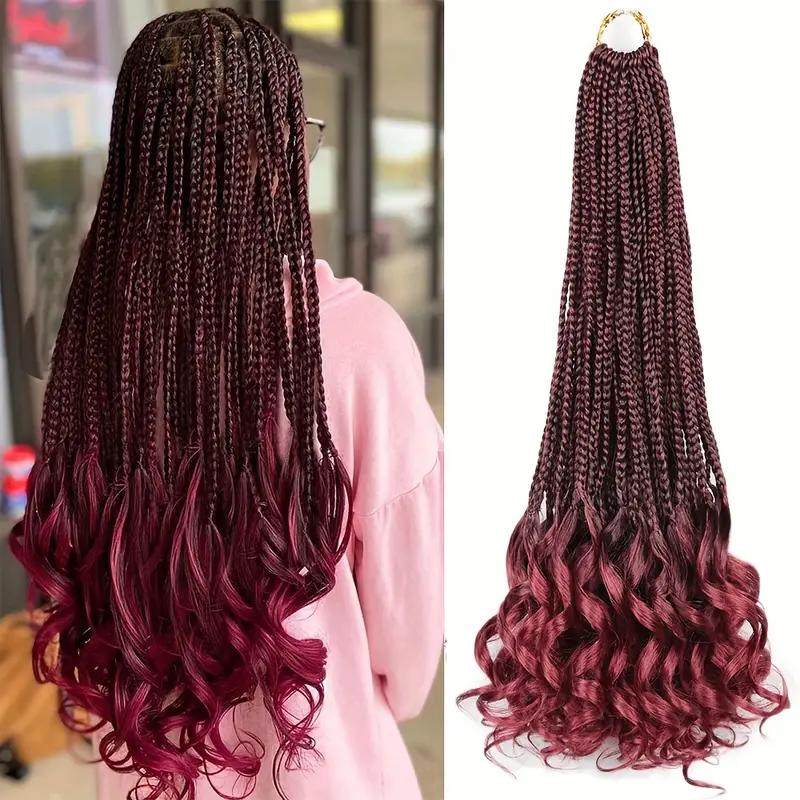
Nourishing the Scalp: Choosing the Right Oils and Moisturizers
A healthy scalp leads to healthy braids. It’s crucial to select the best oils and moisturizers for your scalp care routine. How to refresh knotless braids?Here’s how to nourish your scalp effectively:
- Identify your scalp type: Is it dry, oily, or normal? Choose products that suit your scalp condition.
- Opt for natural oils: Go for oils like jojoba, coconut, or tea tree. These hydrate your scalp without weighing down your braids.
- Use lightweight moisturizers: Pick leave-in conditioners or hair mists that refresh without residue.
- Apply with care: Gently massage oils into your scalp. Use a leave-in conditioner along the braids and at the roots.
- Stay regular: Moisturizing isn’t a one-off task. Integrate it into your routine for consistent results.
Choose products that keep your scalp hydrated, promote growth, and don’t build up. Frequent and correct moisturization is key to keeping both your scalp and braids in top condition.
Tightening Techniques: Tools and Tricks for Knotless Maintenance
Over time, your knotless braids might loosen, but with the right tightening techniques, you can prolong their neat appearance. Below is a list of tools and tricks that can help:
- Use a Rattail Comb: A rattail comb can help neaten the parts and lay down flyaways.
- Braiding Gel or Soft Gel: Apply it to the roots to smooth any loose hairs.
- Edge Control: To tidy up the hairline and keep edges sleek.
- Cotton Pads and Water: Gently clean the scalp with moist cotton pads.
- Crochet Needle: Tighten the braid at the base without redoing the entire braid.
- Hair Clips: To hold new growth in place after twisting.
- Mousse: It can smooth down flyaways and help with the overall finish.
- Soft Hair Ties: Use them to secure your hair while the scalp and roots absorb moisturizers.
Remember to be gentle throughout the maintenance process to prevent any possible damage to your hair. Apply products sparingly to avoid buildup and ensure a refreshed look without weighing your braids down. Regular upkeep using these methods can extend the life of your knotless braids substantially.

Smoothing Edges and Flyaways: The Role of Edge Control and Mousse
Keeping your knotless braids sleek requires attention to the edges and flyaways. Edge control and mousse are vital products for this task. Here’s how to use them effectively:
- Select high-quality edge control: To manage your edges, choose a formula that doesn’t flake or build up. Apply it with your fingertips or a small brush for sharp, clean lines.
- Use mousse for hold: Mousse helps tame flyaways along the braids and adds a healthy sheen. Distribute it evenly from roots to ends for a smooth finish.
- Apply carefully: Avoid heavy applications. A little goes a long way in maintaining the neatness of your braids.
- Regular touch-ups: Gently reapply edge control and mousse as needed to keep your look polished throughout the day.
With these steps, your knotless braids will maintain their initial allure, postponing the need for a full refresh or a visit to the salon.
Styling and Accessorizing: Adding New Life to Old Braids
Breathing new life into aging knotless braids is all about creativity and flair. Here are some styling and accessorizing tips:
- Revamp with Accessories: Integrate hair jewelry, like beads or rings, to add sparkle and draw attention away from any frazzle.
- Experiment with Updos: Try a new updo, such as a top knot or a chic bun, to conceal looser roots and refresh your appearance.
- Incorporate Headwear: Scarves, headbands, and hats not only add a pop of style but also hide any imperfections.
- Wrap It Up: A colorful silk scarf can transform your look instantly while safeguarding your braids.
- Add Temporary Color: Hair mascara or colored spray offer a way to switch up your look without commitment.
Styling shouldn’t stress your braids. Be gentle to avoid causing more frizz or looseness. With these simple changes, your braids can look revitalized and last until your next salon visit. Remember, keeping your braids fresh is not just about maintenance, but also about the fun of trying new looks and styles.
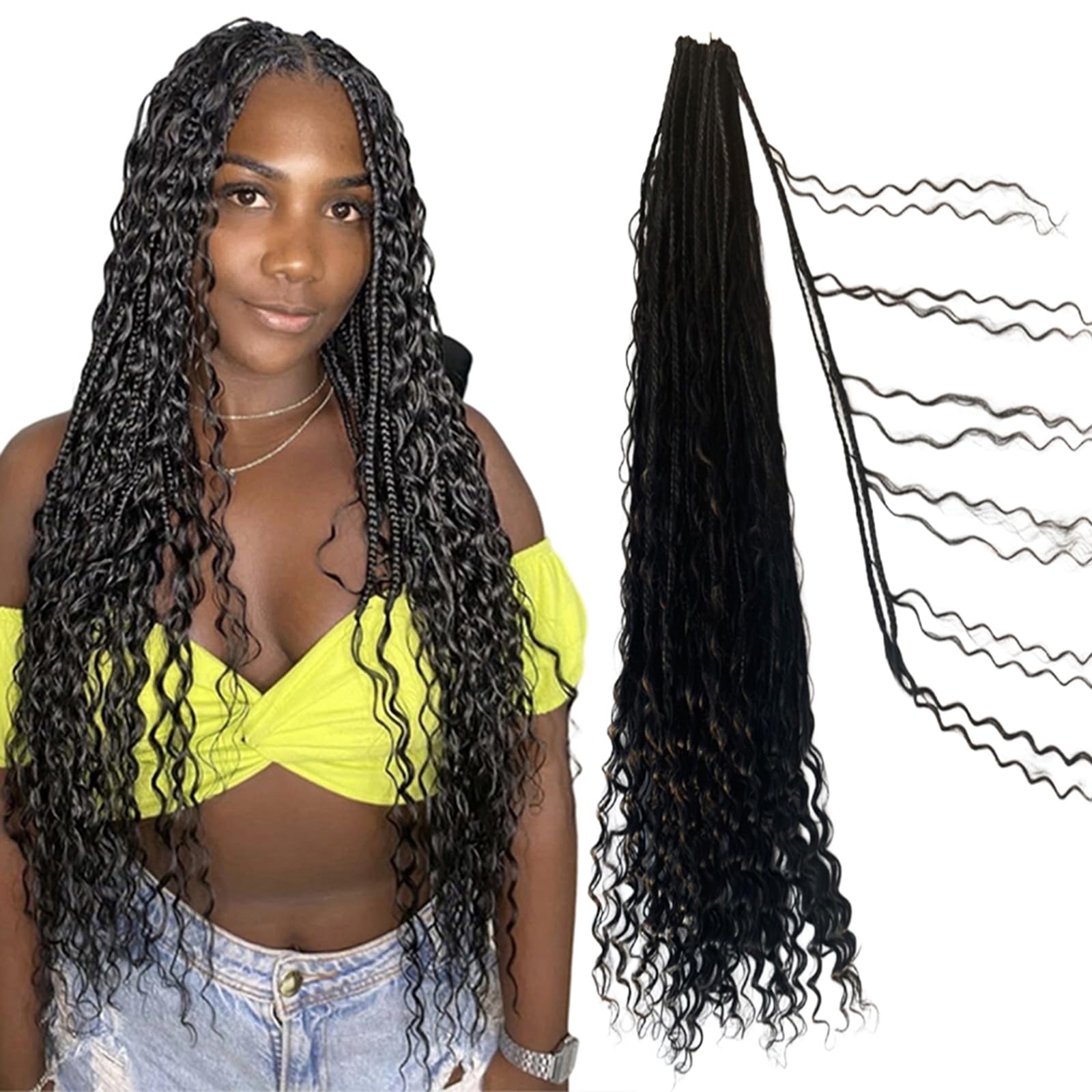
When to Let Go: Knowing the Lifetime of Your Braids and When to Redo Them
Recognizing when it’s time to let go of your knotless braids is just as important as maintaining them. Here is a guide to understanding the lifecycle of your braids and making the decision to redo them:
- Timeline for Braids: Generally, braids can last anywhere from 4 to 6 weeks. Beyond this period, they may cause more harm than good to your hair.
- Assess Hair Health: Examine your hair and scalp. If you notice excessive dryness, breakage, or irritation, it’s time for a change.
- Root Regrowth: When new growth becomes prominent and braids start to sag, consider re-braiding to protect your roots and edges.
- Braid Integrity: Check if the braids are still intact. Unravelling or significant frizz usually means they have reached their lifespan.
- Scalp Comfort: If your scalp feels itchy or uncomfortable even after cleansing and moisturizing, it may be time to remove your braids.
- Visual Aesthetics: Do your braids still look presentable? If your style has lost its allure, refreshing your look with new braids may be best.
Deciding to redraw or redo your braids should prioritize your hair’s health and your comfort. When you take your braids down, give your hair some time to rest before the next braiding session. Use this break to deep condition your hair and attend to any needs that emerged while it was braided. Remember, healthy hair is the perfect foundation for any style.
